I hope you have your deer and moose tags in hand or they’re in the mail, because things are looking very good for our hunting prospects in many areas around Southeastern Ontario this fall.
Deer populations are on the rise across most of the province and particularly in the southeastern zones. Many of us hunters and outdoors people have observed that numbers dropped dramatically in these last three years due to some heavy snow and tough conditions. Coupled with a higher than average and hardier coyote population that decrease became exponential. The good news is coyote numbers are falling somewhat again due to mange and other natural diseases. Also, the resurgent interest in varmint hunting has helped to hurry this process of healthier deer numbers overall.
In the southeast, all the lakeshore Wildlife Management Units (WMU’s) appear to be rebounding quickly, particularly in the Durham and Northumberland areas. The agriculture that is predominant all along the lakeshore has always been a factor in maintaining a steady, healthy population and is less affected by weather and predation. Peterborough and Hastings are showing good fawn recruitment, and I have seen and heard many reports of triplet fawns. I am still hearing about heavy coyote activity in these areas, but with all things considered, I think predation will be down from last year. After a very poor season last year, the camps that I have talked to in the Haliburton and Renfrew areas are also confirming healthy numbers, and say that they are seeing more fawns and fewer coyotes and wolves. On my recent summer lake trout trips around the Muskokas, I’ve witnessed browse lines on several lakes in this area that are definitely a testament to a higher deer population.
The North Frontenac and Lanark areas are going to be the last to rebound, their season last year was dismal in most of this area. Interestingly, the 63 to 65 WMU’s had some of the highest deer populations anywhere for a long time. The tag allotments and high hunter numbers combined with the natural predation and weather conditions caused the deer population to plummet in most of these areas. It is going to be tough hunting for a couple of years but we’ve had a good crop season so far this year, and things bode well overall.
The WMU’s 47 48 49 are spotty, with some areas having been pounded by deep snow last winter. The Georgian Bay areas from Penatanguishene north to Parry Sound have a deer herds that are in a bad way right now and if we see another tough winter it is going to have a dire effect in these areas. The camps in Algonquin report Moose and Deer numbers dramatically down and that the wolf populations are a problem that needs to be addressed!
Finally, the moose herd is thriving in Southeastern Ontario right now, particularly in the more southern and central WMU’s. From the Highlands south to Peterborough, Moose sightings are off the chart. I even have two moose living in my area with a young bull spending most of the winter on my property near Millbrook! WMU 60 and 61 also have increased tag numbers and the calf population is very good right now across the board.
Finally, to all our fellow deer and moose hunters: Please remember that Elk are ranging in areas where they were not previously seen. Be sure of your shots this fall, as you don’t want to find yourself in the unfortunate position of shooting one by mistake.
If you want to get better connected with Guide To Game, you can join our group on facebook, or follow us on twitter.
Red,


Is WMU 60 good for moose in the fall of 2012?
Thanks.